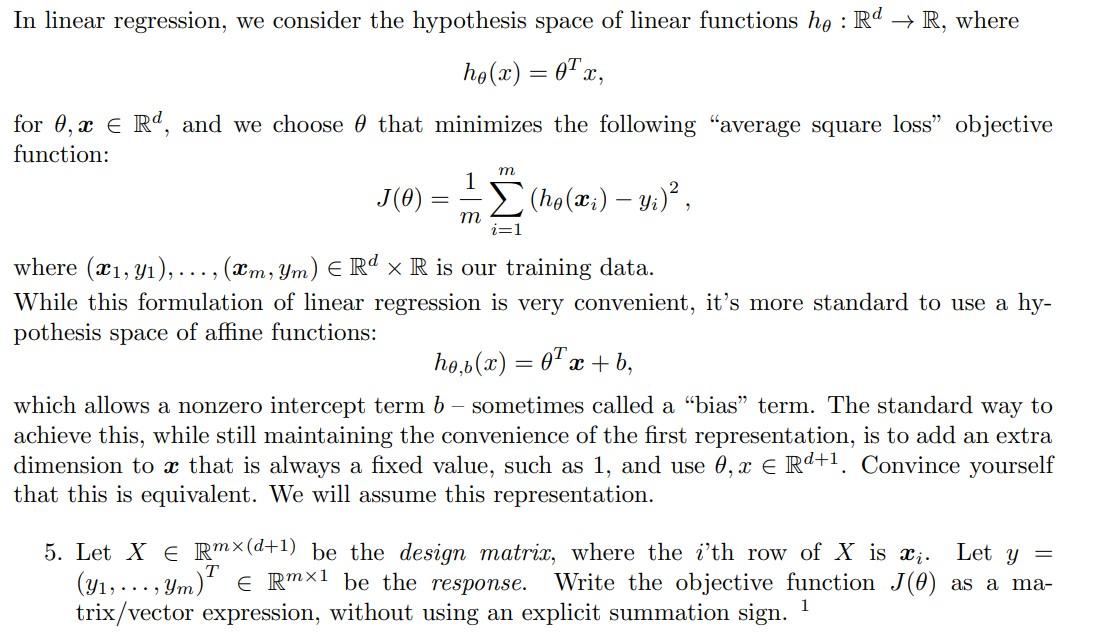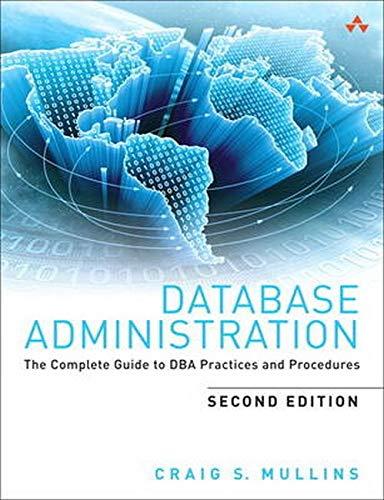Answered step by step
Verified Expert Solution
Question
1 Approved Answer
h(x)=Tx, for ,xRd, and we choose that minimizes the following average square loss objective function: J()=m1i=1m(h(xi)yi)2, where (x1,y1),,(xm,ym)RdR is our training data. While this formulation


Step by Step Solution
There are 3 Steps involved in it
Step: 1

Get Instant Access to Expert-Tailored Solutions
See step-by-step solutions with expert insights and AI powered tools for academic success
Step: 2

Step: 3

Ace Your Homework with AI
Get the answers you need in no time with our AI-driven, step-by-step assistance
Get Started


